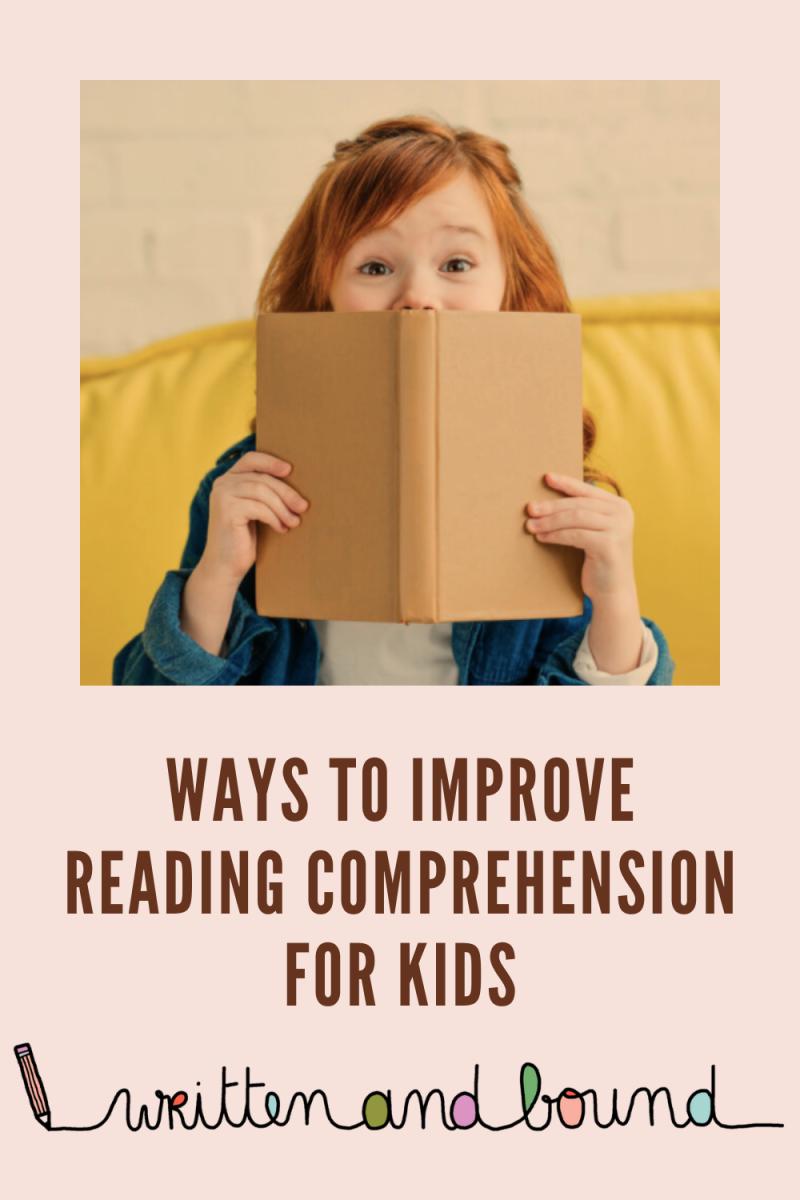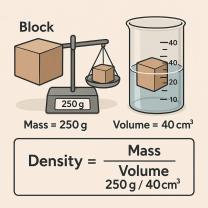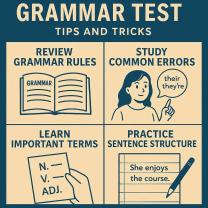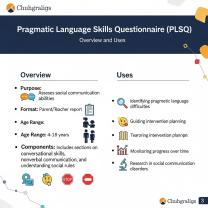What can teachers do to improve reading comprehension?
Improving reading comprehension is a multifaceted task that involves fostering a range of skills and strategies. Teachers play a crucial role in creating a supportive environment and providing effective instruction to enhance students' comprehension abilities. Here are some strategies that teachers can use to improve reading comprehension:
1. Pre-Reading Activities:
Activate Prior Knowledge: Encourage students to connect new information to what they already know. Activate their prior knowledge on the topic to provide a foundation for comprehension.
Predictions: Ask students to make predictions about the content based on titles, headings, or initial information. Predictions engage students and set a purpose for reading.
2. During Reading:
Guided Reading: Conduct guided reading sessions where the teacher works closely with small groups of students, providing support, and guiding discussions.
Questioning Strategies: Teach students to ask questions before, during, and after reading. Questions can deepen understanding and encourage active engagement with the text.
Visualization: Encourage students to create mental images of the scenes or concepts described in the text. Visualization enhances comprehension by making the content more concrete.
Summarization: Teach students to summarize key points or main ideas after reading sections of the text. Summarization promotes reflection and reinforces understanding.
Monitoring Comprehension: Teach students to monitor their comprehension while reading. Encourage them to pause and reflect if they find themselves confused or losing track of the content.
3. Post-Reading Activities:
Discussion Groups: Organize small group or whole class discussions to explore and share interpretations, insights, and questions about the text.
Retelling: Have students retell the story or information in their own words. Retelling helps reinforce understanding and allows for the identification of key details.
Critical Thinking Tasks: Assign tasks that require critical thinking, such as analyzing characters, evaluating the author's purpose, or making connections to real-world situations.
4. Vocabulary Instruction:
Explicit Vocabulary Teaching: Provide explicit instruction on important vocabulary words. Understanding key terms enhances comprehension.
Context Clues: Teach students how to use context clues to infer the meaning of unfamiliar words. Understanding word meanings contributes to overall comprehension.
5. Differentiated Instruction:
Cater to Diverse Learning Styles: Recognize and cater to different learning styles. Use a variety of instructional methods, including visual aids, hands-on activities, and technology.
Differentiated Reading Materials: Offer reading materials at different levels to accommodate varied reading abilities within the class. This supports students at their individual levels.
6. Metacognitive Strategies:
Model Thinking Aloud: Demonstrate the thinking process by verbalizing your thoughts while reading. This helps students internalize metacognitive strategies.
Reflective Practices: Encourage students to reflect on their reading experiences. Ask questions about what strategies were effective and how understanding can be improved.
7. Technology Integration:
Digital Resources: Incorporate digital resources such as e-books, audiobooks, and online interactive tools to engage students and provide a variety of learning experiences.
Online Discussions: Use online platforms for discussions, allowing students to share their thoughts, ask questions, and respond to peers beyond the classroom.
8. Parental Involvement:
- Encourage Home Reading: Foster a culture of reading at home by providing recommendations, organizing reading challenges, and involving parents in supporting their child's reading habits.
9. Continuous Assessment:
Formative Assessment: Use ongoing, formative assessments to monitor students' progress and adjust instruction accordingly. Assessments can include discussions, quizzes, and reflections.
Feedback: Provide constructive feedback on students' comprehension skills. Highlight strengths and suggest areas for improvement.
10. Cultivate a Love for Reading:
Book Choices: Allow students to choose books based on their interests. When students enjoy what they are reading, they are more likely to be motivated to comprehend the content.
Reading Aloud: Regularly read aloud to the class. Reading aloud exposes students to fluent reading, expands their vocabulary, and promotes a positive attitude toward reading.
11. Professional Development:
- Continuous Learning: Stay informed about the latest research and best practices in reading instruction. Attend professional development workshops or engage in collaborative learning with colleagues.
Remember that implementing these strategies may require flexibility and adaptation based on the age group, cultural context, and individual needs of the students. Teachers should continuously assess their students' progress and adjust their instructional approaches accordingly.
What teaching methods or techniques can educators employ to enhance students' reading comprehension skills?
Educators can utilize various teaching methods and techniques to enhance students' reading comprehension skills. Here are some effective approaches:
Before Reading:
- Activate prior knowledge: Encourage students to discuss their existing knowledge about the topic or author before reading. This helps them connect new information with existing understanding.
- Preview vocabulary: Introduce and discuss key vocabulary words or concepts that students might encounter in the text. Providing context and definitions aids in comprehension.
- Set reading goals: Help students set specific goals for their reading, such as identifying the main idea, understanding character motivations, or making connections to other texts.
During Reading:
- Multiple reading strategies: Encourage students to utilize various reading strategies like summarizing, questioning, annotating, and visualizing. This helps them actively engage with the text and deepen their understanding.
- Guided reading: Provide scaffolding and support through guided reading groups or individual conferences. This allows for discussion, clarification of questions, and individualized feedback.
- Collaborative learning: Encourage students to work together in pairs or small groups to discuss the text, share insights, and answer comprehension questions.
- Graphic organizers: Provide graphic organizers like story maps, character charts, or Venn diagrams to help students visually represent information and organize their thoughts.
After Reading:
- Summarizing and retelling: Ask students to summarize the main idea in their own words or retell the story in chronological order. This helps them solidify their understanding and identify key information.
- Discussions and questioning: Facilitate discussions about the text's themes, character motivations, and connections to real-world issues. Encourage students to ask questions and challenge their interpretations.
- Creative responses: Engage students in creative activities like writing responses, creating artwork inspired by the text, or acting out scenes to deepen comprehension and expression.
- Assessment and feedback: Regularly assess students' comprehension through quizzes, projects, and other assessments. Provide specific and actionable feedback to help them improve their reading skills.
Additional techniques:
- Text selection: Choose age-appropriate and engaging texts that cater to students' interests and reading levels.
- Differentiated instruction: Tailor your teaching methods to meet the individual needs and learning styles of your students.
- Technology integration: Utilize technology tools like interactive whiteboards, online resources, and reading software to enhance learning and engagement.
- Modeling and explicit instruction: Demonstrate reading strategies explicitly and model your own thought processes while reading aloud to students.
- Positive reinforcement: Encourage effort and progress, providing positive feedback and celebrating student achievements in reading comprehension.
By employing these diverse and effective methods, educators can create a stimulating and supportive learning environment that fosters students' reading comprehension and intellectual growth. Remember, the key is to select and adapt techniques based on your specific students and their needs to achieve optimal results.













